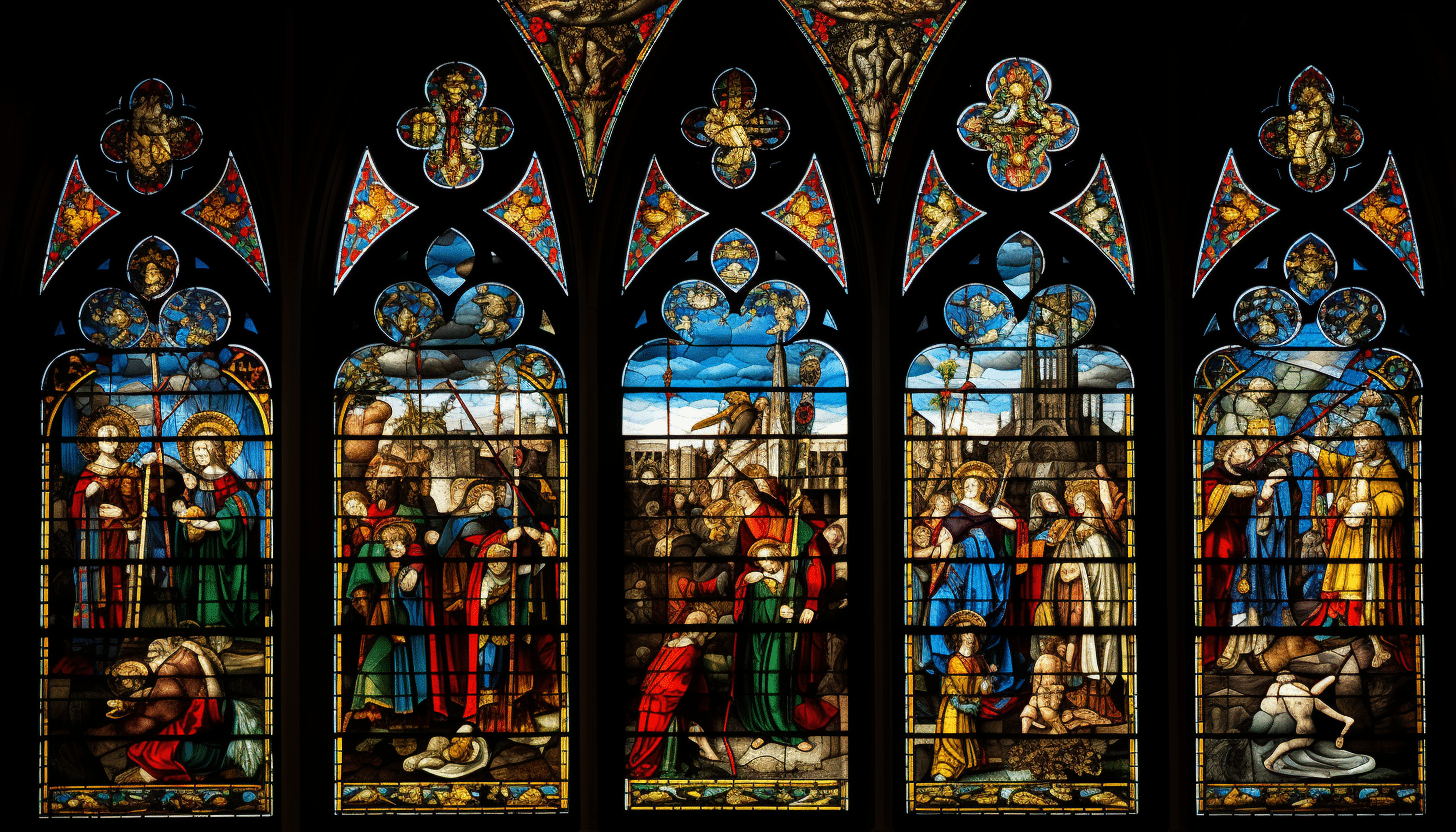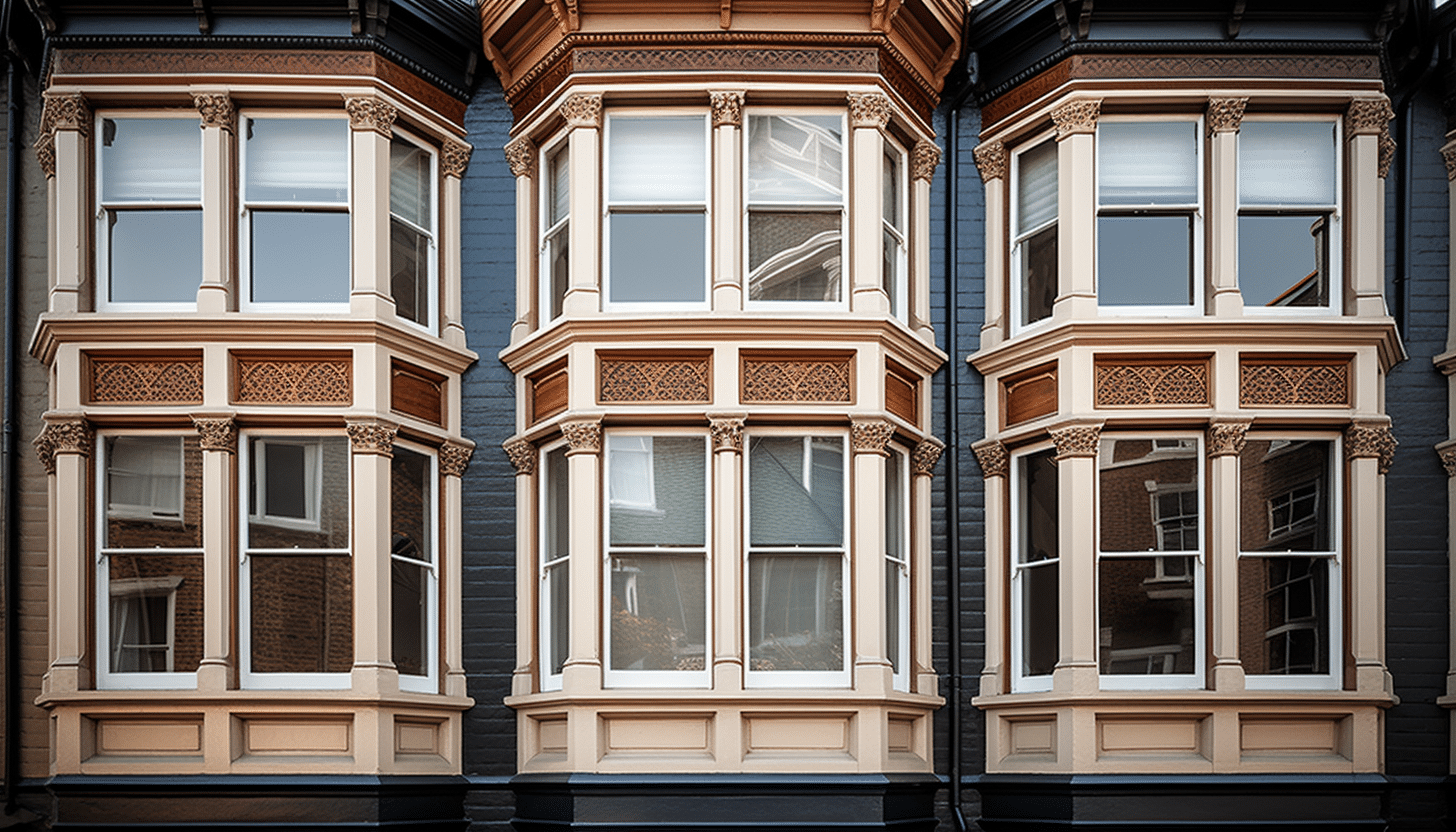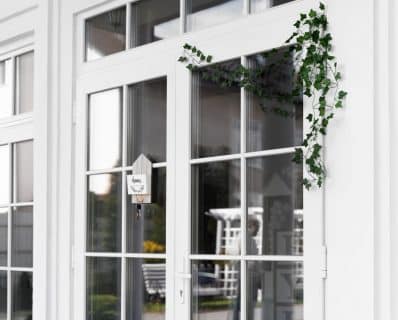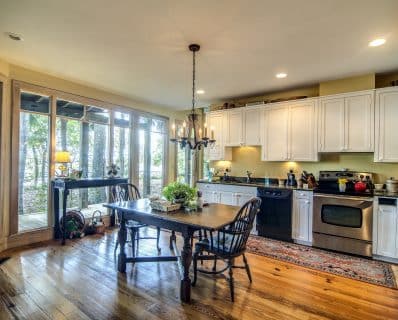The Fascinating History of Windows

Crafting a home involves more than erecting four walls and a roof. An element that has always been at the heart of architecture, lending aesthetics and functionality alike, is the window. Let’s embark on an illuminating journey, tracing the evolution of this integral home feature. From old wooden windows to modern windows company and beyond.
Contents
A Glimpse Through the Ages
Our story begins with ancient civilizations. Initially, windows were nothing more than mere openings to let air and light in. In adverse weather conditions, people shielded them, using materials at hand:
- Animal hides were sturdy and provided a barrier against the elements;
- Cloth allowed a semblance of light to trickle in;
- Wooden shutters are a robust choice for protection and privacy.
The Romans, in their architectural wisdom, revolutionized this concept. They were among the first to incorporate glass into their windows. These weren’t the transparent panes we know today, but they transformed homes, illuminating spaces with a soft, diffused light.
The Evolution of Materials and Techniques
The rich tapestry of window development is intertwined with materials and construction techniques advancements. As civilizations progressed, so did their understanding and manipulation of available resources, pushing the boundaries of what a window could be.
The Middle Ages, particularly between the 12th and 16th centuries, marked a significant shift. While the earliest churches and grand structures often had small windows due to structural limitations, advances in architectural techniques allowed for larger, more ornate openings.
Stained glass windows, primarily associated with Gothic cathedrals, flourished during the 12th century. Not only did they serve as mediums for light, but they were also canvases for artisans to depict biblical tales, legends, and the stories of saints. Each hue and image etched into the glass told a story, making churches vibrant epicentres of cultural narratives.

By the 16th century, leaded windows or leadlights found their way into European homes. These were essentially pieces of glass held together by strips of lead, representing a marriage of aesthetics and practicality. They became famous thanks to their stylish appearance and the added protection they offered against breakage.
The pivotal moment came in the late 17th century with the advent of the sliding sash window in England. Celebrated for its architectural significance, this design granted easier ventilation and became an icon of Georgian and Victorian architectures, influencing window design for centuries to come. It is also an ancestor of the double-tilt slider windows we make today!
But as the world stepped into the 20th century, the priorities shifted towards energy efficiency and comfort. The innovation of double glazing in the 1930s became a game-changer. In triple-glazed windows, the insulating properties are greatly enhanced with two layers of glass or sometimes even three. This meant homes could retain warmth in the winter and stay cool in the summer, a leap that significantly transformed the interplay between indoor comfort and window design.
The chronicle of windows isn’t just about how they look or the views they offer; it’s a testament to human ingenuity, adapting and evolving with every passing century.
The Functionality and Beauty Merge
The story of windows is as much about function as it is about form. As architectural designs grew more sophisticated, the role of windows expanded, moving from mere utility to centrepieces of beauty and innovation. Bay windows, for example, became a signature element in many homes, elegantly curving out and providing homeowners with broader, more immersive views of their surroundings.
These weren’t just architectural delights; they transformed the interior spaces by allowing an influx of light and giving the illusion of more space. The aesthetics of a home started to pivot around such features, with homeowners and designers alike recognizing the potential of a well-placed window to elevate a home’s charm.
Skylights further pushed the boundaries. While windows traditionally offered lateral views, skylights connected homeowners vertically to the heavens. Imagine lying in your bedroom, watching clouds drift by during the day or counting stars at night. These weren’t just windows; they were experiences. Skylights challenged the conventional roof’s function, transforming it from a mere protective element to a source of light and wonder.

The Digital Age and Smart Windows
The march of technology has left no stone unturned, and windows replacement and windows company are no exception. As the world grew more connected and homes more intelligent, windows also transformed digitally.
The era of smart windows dawned, turning what was once just panes of glass into dynamic interfaces. Advances in materials science introduced us to electrochromic glass, a marvel that could change its opacity based on the electrical stimulus. With the touch of a button, homeowners could now regulate how much sunlight they let in, optimizing for privacy or brightness as needed.
But the innovation didn’t stop there. As sustainability became the clarion call of the 21st century, windows stepped up to the challenge. Photovoltaic windows came into the picture, integrating solar cells without compromising transparency. Homes with these windows enjoyed daylight and harnessed the sun’s energy, making households greener and more self-reliant. Such integrations signified more than just technological advancements; they represented a new era where windows were pivotal in shaping sustainable futures.
The HTR Windows Touch
HTR Windows has woven its unique thread into the vast tapestry of window history. Marrying time-honoured craftsmanship with cutting-edge techniques, HTR promises a window experience unlike any other:
- Drawing from the rich history of window-making, HTR offers unparalleled professional expertise;
- Recognizing the diverse needs of modern homeowners, HTR windows company provides tailored solutions for windows replacement;
- Install windows that stand testament to the blend of tradition and innovation.
Modern challenges require modern solutions. Today’s windows are tailored to the dual demand of safety and sustainability. Materials that we use have evolved, introducing hurricane and impact-resistant features.
Environmental consciousness has driven innovations like low-E coatings that reduce UV ray penetration, promoting energy efficiency. You can get up to $10,000 back in government grants, thanks to the certification of our windows and their participation in the Energy Star Program. So, as homeowners became more ecologically conscious, the window industry responded in kind, producing eco-friendly options without compromising aesthetics or function.

What Awaits Us in the Future?
Windows have come a long way from mere openings to art, science, and technology masterpieces. They are living relics of our architectural journey, evolving yet rooted in history. As you look out your window today, take a moment to appreciate the centuries of innovation and craftsmanship that let you enjoy that view. And if you’re thinking of being part of this grand history, HTR windows company awaits your call!













